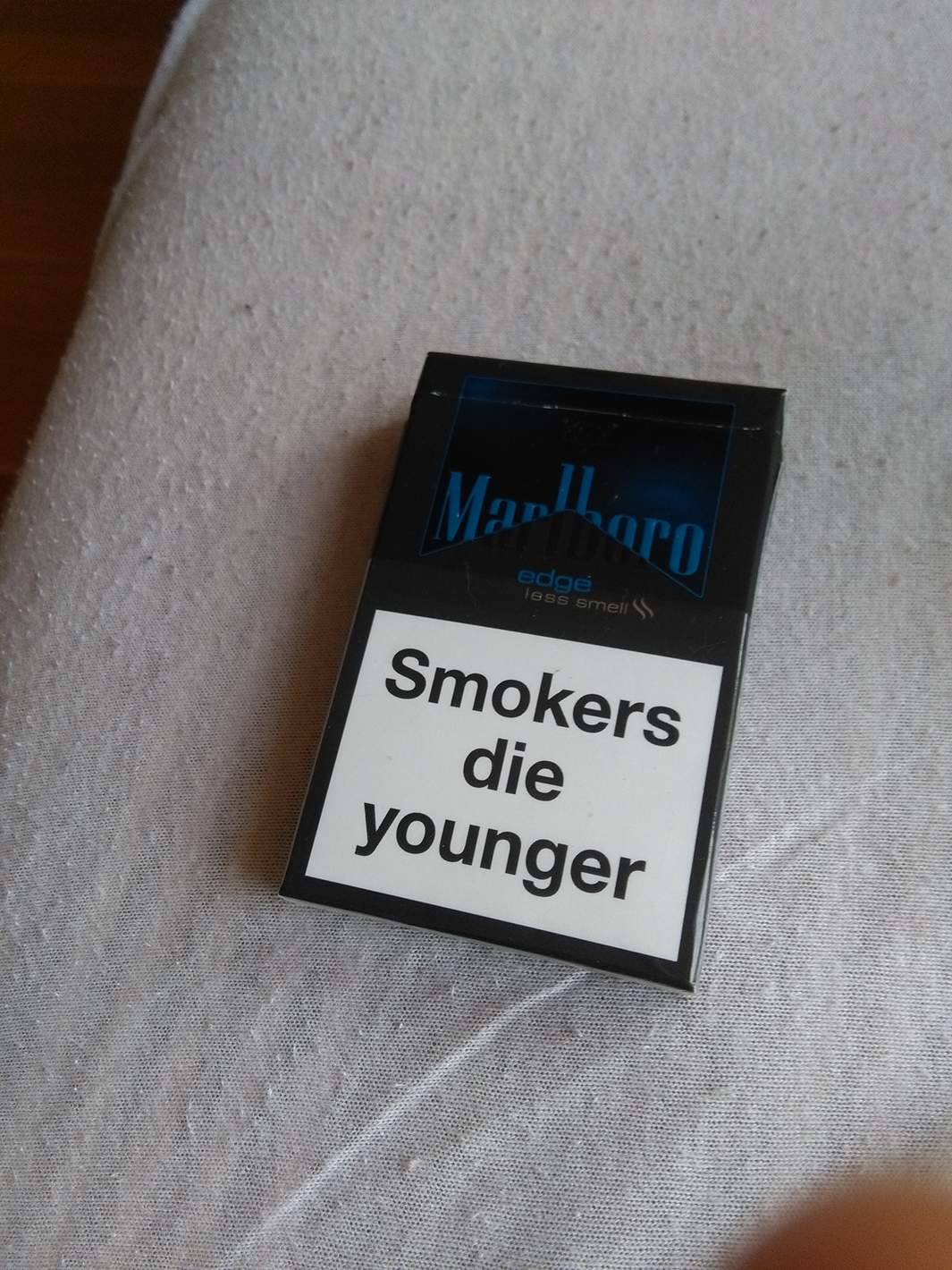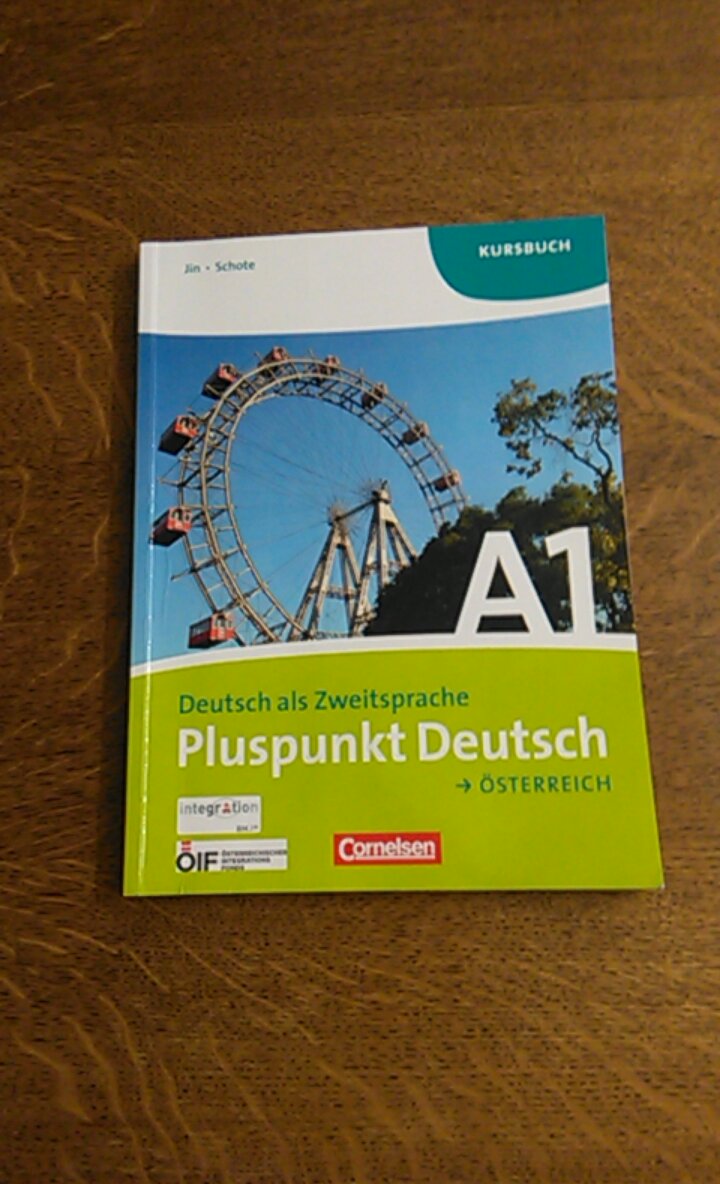I'm using the following image to extract marlboro picture, but still don't get good results
 here is my full code
here is my full code
#include <opencv2\opencv.hpp>
"opencv2/imgproc.hpp"
#include <vector>
"opencv2/imgcodecs.hpp"
#include <numeric>
"opencv2/highgui.hpp"
#include <iostream>
using namespace cv;
using namespace std;
void sortCorners(std::vector<cv::Point2f>& corners)
{
std::vector<cv::Point2f> top, bot;
cv::Point2f center;
// Get mass center
for (int i = 0; i < corners.size(); i++)
center += corners[i];
center *= (1. / corners.size());
for (int i = 0; i < corners.size(); i++)
{
if (corners[i].y < center.y)
top.push_back(corners[i]);
else
bot.push_back(corners[i]);
}
corners.clear();
if (top.size() == 2 && bot.size() == 2) {
cv::Point2f tl = top[0].x > top[1].x ? top[1] : top[0];
cv::Point2f tr = top[0].x > top[1].x ? top[0] : top[1];
cv::Point2f bl = bot[0].x > bot[1].x ? bot[1] : bot[0];
cv::Point2f br = bot[0].x > bot[1].x ? bot[0] : bot[1];
corners.push_back(tl);
corners.push_back(tr);
corners.push_back(br);
corners.push_back(bl);
}
}
double angle(cv::Point pt1, cv::Point pt2, cv::Point pt0) {
double dx1 = pt1.x - pt0.x;
double dy1 = pt1.y - pt0.y;
double dx2 = pt2.x - pt0.x;
double dy2 = pt2.y - pt0.y;
return (dx1*dx2 + dy1*dy2) / sqrt((dx1*dx1 + dy1*dy1)*(dx2*dx2 + dy2*dy2) + 1e-10);
}
void find_squares(Mat& image, vector<vector<Point> >& squares)
{
// blur will enhance edge detection
Mat blurred(image);
Mat dst;
medianBlur(image, dst, 9);
Mat gray0(dst.size(), CV_8U), gray;
vector<vector<Point> > contours;
// find squares in every color plane of the image
for (int c = 0; c < 3; c++)
{
int main()
ch[] = { c, 0 };
mixChannels(&dst, 1, &gray0, 1, ch, 1);
// try several threshold levels
const int threshold_level = 2;
for (int l = 0; l < threshold_level; l++)
{
// Use Canny instead of zero threshold level!
// Canny helps to catch squares with gradient shading
if (l == 0)
{
Canny(gray0, gray, 10, 20, 3); //
// Dilate helps to remove potential holes between edge segments
dilate(gray, gray, Mat(), Point(-1, -1));
}
else
{
gray = gray0 >= (l + 1) * 255 / threshold_level;
}
// Find contours and store them in a list
findContours(gray, contours, CV_RETR_LIST, CV_CHAIN_APPROX_SIMPLE);
// Test contours
vector<Point> approx;
for (size_t i = 0; i < contours.size(); i++)
{
// approximate contour with accuracy proportional
// to the contour perimeter
approxPolyDP(Mat(contours[i]), approx, arcLength(Mat(contours[i]), true)*0.02, true);
// Note: absolute value of an area is used because
// area may be positive or negative - in accordance with the
// contour orientation
if (approx.size() == 4 &&
fabs(contourArea(Mat(approx))) > 1000 &&
isContourConvex(Mat(approx)))
{
double maxCosine = 0;
for (int j = 2; j < 5; j++)
{
double cosine = fabs(angle(approx[j % 4], approx[j - 2], approx[j - 1]));
maxCosine = MAX(maxCosine, cosine);
}
if (maxCosine < 0.3)
squares.push_back(approx);
}
}
}
}
}
cv::Mat debugSquares(std::vector<std::vector<cv::Point> > squares, cv::Mat image)
{
for (int i = 0; i< squares.size(); i++) {
// draw contour
cv::drawContours(image, squares, i, cv::Scalar(255, 0, 0), 1, 8, std::vector<cv::Vec4i>(), 0, cv::Point());
// draw bounding rect
cv::Rect rect = boundingRect(cv::Mat(squares[i]));
cv::rectangle(image, rect.tl(), rect.br(), cv::Scalar(0, 255, 0), 2, 8, 0);
// draw rotated rect
cv::RotatedRect minRect = minAreaRect(cv::Mat(squares[i]));
cv::Point2f rect_points[4];
minRect.points(rect_points);
for (int j = 0; j < 4; j++) {
cv::line(image, rect_points[j], rect_points[(j + 1) % 4], cv::Scalar(0, 0, 255), 1, 8); // blue
}
}
return image;
}
int main(int, char**)
{
int largest_area = 0;
int largest_contour_index = 0;
cv::Rect bounding_rect;
RotatedRect minRect;
Mat src = imread("src.jpg");
imread("15016889798859437.jpg");
Mat thr(src.rows, src.cols, CV_8UC1);
greyMat;
cvtColor(src, greyMat, COLOR_BGR2GRAY);
//2-convert image from gray scale to black and white using adaptive thresholding
Mat blackAndWhiteMat;
adaptiveThreshold(greyMat, blackAndWhiteMat, 255, CV_ADAPTIVE_THRESH_MEAN_C, CV_THRESH_BINARY_INV, 13, 1);
Mat dst(src.rows, src.cols, CV_8UC1, Scalar::all(0));
Mat gray(src.rows, src.cols, CV_8UC1);
Mat blur;
cvtColor(src, thr, CV_BGR2GRAY); //Convert to gray
GaussianBlur(thr, thr, Size(1, 1), 0);
threshold(thr, thr, 110, 255, THRESH_BINARY);
Canny(thr, gray, 30, 125);
vector<Vec4i> hierarchy;
vector<vector<cv::Point>> contours; // Vector for storing contour
vector<Vec4i> hierarchy;
findContours(gray, contours, hierarchy, CV_RETR_CCOMP, CV_CHAIN_APPROX_SIMPLE); // Find the contours in the image
find_squares(src, contours);
for (int i = 0; i< contours.size(); i++) // iterate through each contour.
{
double a = contourArea(contours[i], false); // Find the area of contour
if (a>largest_area) {
largest_area = a;
largest_contour_index = i; //Store the index of largest contour
bounding_rect = boundingRect(contours[i]); // Find the bounding rectangle for biggest contour
minRect = minAreaRect(contours[i]);
}
}
std::vector<cv::Point2f> corners;
Point2f corner_points[4];
minRect.points(corner_points);
corners.push_back(corner_points[0]);
corners.push_back(corner_points[1]);
corners.push_back(corner_points[2]);
corners.push_back(corner_points[3]);
sortCorners(corners);
cv::Mat quad = cv::Mat::zeros(norm(corners[1]- corners[2]), norm(corners[2] - corners[3]), CV_8UC3);
std::vector<cv::Point2f> quad_pts;
quad_pts.push_back(cv::Point2f(0, 0));
quad_pts.push_back(cv::Point2f(quad.cols, 0));
quad_pts.push_back(cv::Point2f(quad.cols, quad.rows));
quad_pts.push_back(cv::Point2f(0, quad.rows));
cv::Mat transmtx = cv::getPerspectiveTransform(corners, quad_pts);
cv::warpPerspective(src, quad, transmtx, quad.size());
imshow("quad", quad);
Scalar color(255, 255, 255);
drawContours(dst, contours, largest_contour_index, color, CV_FILLED, 8, hierarchy); // Draw the largest contour using previously stored index.
rectangle(src, bounding_rect, Scalar(0, 255, 0), 1, 8, 0);
imshow("Image", src);
cv::Mat result; // segmentation result (4 possible values)
cv::Mat bgModel, fgModel; // the models (internally used)
// GrabCut segmentation
cv::grabCut(src, // input image
result, // segmentation result
bounding_rect,// rectangle containing foreground
foreground
bgModel, fgModel, // models
1, // number of iterations
cv::GC_INIT_WITH_RECT); // use rectangle
// Get the pixels marked as likely foreground
cv::compare(result, cv::GC_PR_FGD, result, cv::CMP_EQ);
// Generate output image
cv::Mat foreground(src.size(), CV_8UC3, cv::Scalar(255, 255, 255));
src.copyTo(foreground, result); // bg pixels not copied
// draw rectangle on original image
cv::rectangle(src, bounding_rect, cv::Scalar(255, 255, 255), 1);
resize(src, src, Size(), 0.5, 0.5);
cv::namedWindow("Image");
cv::imshow("Image", src);
// display result
cv::namedWindow("Segmented Image");
resize(foreground, foreground, Size(), 0.5, 0.5);
cv::imshow("Segmented Image", foreground);
waitKey();
return 0;
}


 here is my full code
here is my full code
 here is my full code
here is my full code